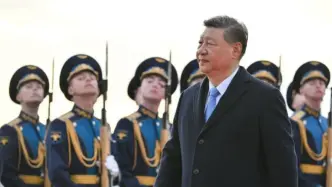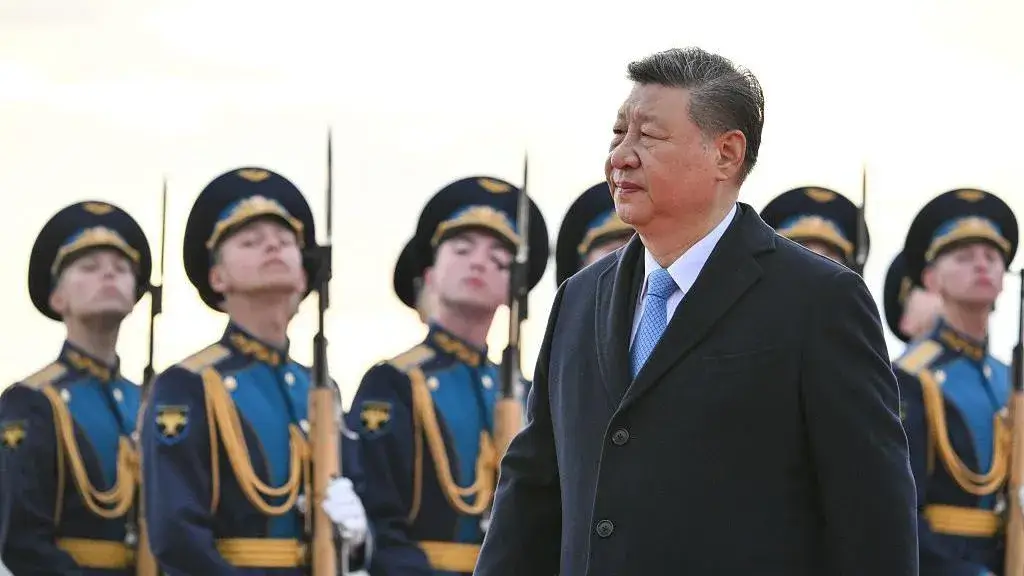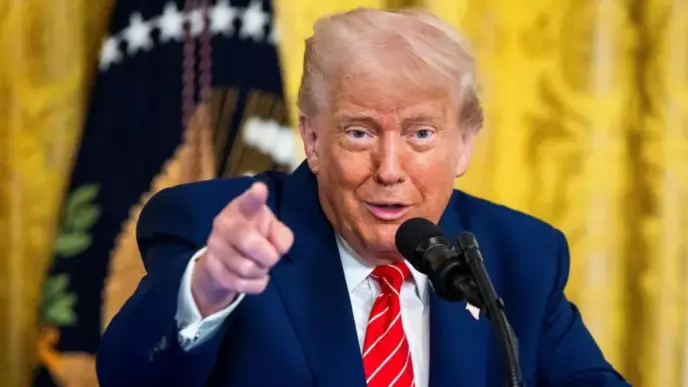Geneva – After months of escalating trade tensions and tit-for-tat tariffs, top US and Chinese trade officials have finally resumed dialogue. The high-level meeting, held this weekend in Switzerland, marks the first substantial engagement since Washington imposed steep tariffs on Chinese imports earlier this year.
Tariffs now sit at 145% on some Chinese goods entering the US, while Beijing has imposed retaliatory duties of up to 125% on American exports. The economic standoff has led to strained relations, fiery political rhetoric, and mounting pressure on both sides to find a path forward.
Why Now?
Despite months of stalemate, signals have emerged from both capitals hinting at a willingness to talk. Yet neither side appeared eager to make the first move — until now.
“The timing suggests a calculated decision by both governments to re-engage without appearing weak,” said Stephen Olson, a senior fellow at Singapore’s ISEAS-Yusof Ishak Institute and a former US trade negotiator. “It’s a face-saving opportunity.”
China’s foreign ministry emphasized that the talks were initiated at Washington’s request, framing the meeting as a response to concerns from American businesses. US officials, however, maintain that it was Beijing seeking relief from economic strain.
President Donald Trump, known for his hardline stance, initially rejected the notion that the US initiated the dialogue. Still, by week’s end, he downplayed the dispute over who made the first move.
“It doesn’t matter who called who. What matters is what happens in that room,” he told reporters Thursday.
The talks also coincide with Chinese President Xi Jinping’s visit to Moscow, where he attended a World War II victory celebration alongside leaders from emerging economies. The optics allowed Beijing to showcase its global alliances and maintain an image of strength while entering negotiations.
Mutual Strain
While both governments have vowed not to yield, economic indicators tell a different story.
China’s industrial output has slowed significantly. April saw manufacturing activity drop to its lowest point since late 2023. A separate report revealed a similar slump in the services sector.
“The data doesn’t lie,” said Bert Hofman, director at the East Asian Institute, National University of Singapore. “Beijing knows that continued tariffs could worsen an already fragile recovery. It’s a pragmatic move.”
The US economy isn’t immune either. GDP contracted for the first time in three years, partly due to trade uncertainty. American businesses reliant on Chinese manufacturing are also raising alarms.
One California-based toy company warned of a collapsing supply chain. Trump himself acknowledged the impact, saying at a recent cabinet meeting that “children may have two dolls instead of 30 — and they might cost a bit more.”
Public opinion is also shifting. Recent polls show over 60% of Americans believe the administration is placing too much emphasis on tariffs, amid broader inflation concerns.
“There’s clear pressure on both sides,” said Olson. “Markets, businesses, and voters all want signs of stability. Even brief talks in Geneva can help calm nerves.”
What to Expect
Despite renewed optimism, a comprehensive deal is unlikely in the short term.
Analysts describe the Geneva meeting as a preliminary step — a “reset” to exchange positions and set the groundwork for future negotiations. A quick resolution remains improbable, especially given the complexity of unresolved issues.
In early 2020, the two countries signed a limited “phase one” agreement, which reduced some tariffs but left structural concerns — such as industrial subsidies and enforcement mechanisms — largely untouched.
Trump’s latest tariff measures have now added to those still lingering from that earlier deal.
Olson believes this round of talks could pave the way for a broader agreement — possibly a “phase one deal on steroids” — that would include sensitive topics such as fentanyl trafficking and China’s geopolitical alignments, including its relationship with Moscow.
However, such progress will take time.
“The fundamental disputes between the US and China won’t be resolved overnight,” Olson said. “This week’s talks may yield only vague statements about constructive dialogue and a willingness to keep talking — but even that is a step forward.”















